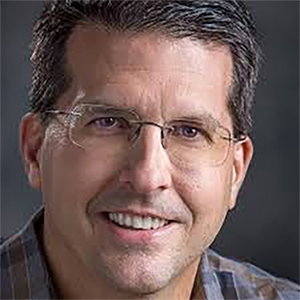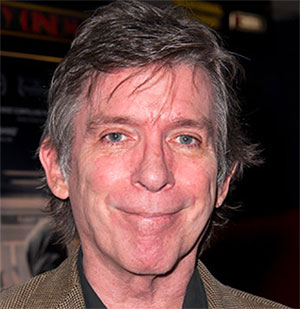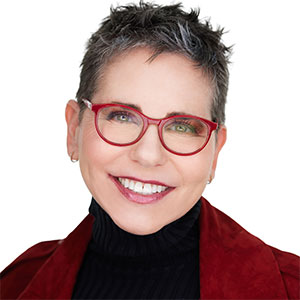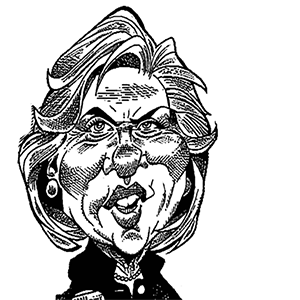Entertainment
/ArcaMax
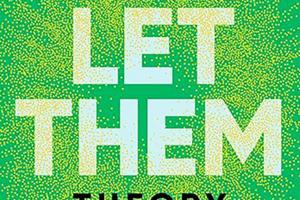
This week's bestsellers from Publishers Weekly
Here are the bestsellers for the week that ended Saturday, July 12, compiled from data from independent and chain bookstores, book wholesalers and independent distributors nationwide, powered by Circana BookScan © 2025 Circana.
(Reprinted from Publishers Weekly, published by PWxyz LLC. © 2025, PWxyz LLC.)
HARDCOVER FICTION
1. "Rose in ...Read more
This week's bestsellers from Publishers Weekly
Here are the bestsellers for the week that ended Saturday, July 12, compiled from data from independent and chain bookstores, book wholesalers and independent distributors nationwide, powered by Circana BookScan © 2025 Circana.
(Reprinted from Publishers Weekly, published by PWxyz LLC. © 2025, PWxyz LLC.)
HARDCOVER FICTION
1. Rose in Chains...Read more
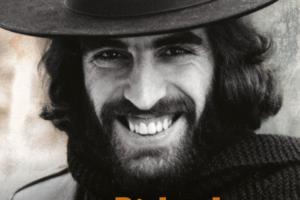
How a fan of the Band's Richard Manuel became his biographer
As a passionate fan of the Band, Stephen T. Lewis had watched the concert film “The Last Waltz” numerous times and devoured autobiographies on Levon Helm and Robbie Robertson, the Band’s best-known members.
Despite those acclaimed accounts of the influential group’s story – the early days as the Hawks backing Ronnie Hawkins, their ...Read more
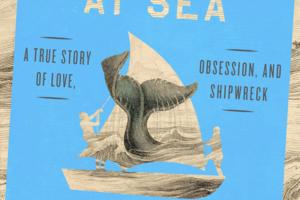
Review: A shipwreck is just the start of a couple's race to survive in 'A Marriage at Sea'
Sure, you can survive a shipwreck, but have you ever tried surviving a marriage?
That’s what Sophie Elmhirst contemplates in her riveting, feisty “A Marriage at Sea.” It’s a narrative nonfiction look at Maurice and Maralyn Bailey, an English couple who embarked on an oceanic life in 1972, were rammed into by a whale on their way to the ...Read more
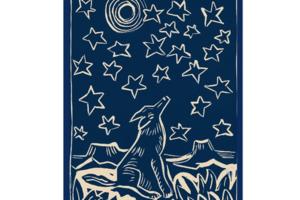
Column: His books bring us stories from the quiltwork of America. His latest is 'Coyotes and Stars'
CHICAGO -- Robert Wolf, more commonly and affectionately known as Bob, is no longer a kid, and hasn’t been for some time. He has long had white hair and a white beard, and his eyesight isn’t what it used to be. But he is still filled with the coltish enthusiasm that fuels his desire to create what he calls an “autobiography of America.” ...Read more
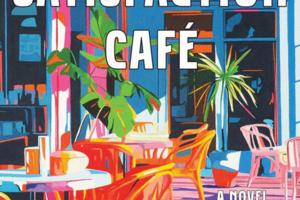
Review: Meet a sweet, prickly, funny heroine in 'The Satisfaction Café'
On “CBS Sunday Morning” recently, novelist Anne Tyler said she’s working on a book but she may never publish again. She might have been joking but, if she wasn’t, a new novel could make fans of the wry, observant author mighty happy.
Even the title of Kathy Wang’s “The Satisfaction Café” sounds like a Tyler title, specifically �...Read more

Hot sand, hotter reads: What these beachgoers are reading
On the first scorching Saturday of the season, the beaches in Cape May and Wildwood in New Jersey were packed with sun tents, towels, and folding chairs tucked into the sand. The air buzzed with the sound of crashing waves, a mix of country and early-2000s R&B, and the scent of hoagies and watermelon.
It was the ideal setting for Nancy Vales, ...Read more

Chasing hotness comes at a cost in Gary Baum's thriller, 'In Pursuit of Beauty'
In his debut novel, “In Pursuit of Beauty,” veteran investigative journalist Gary Baum draws inspiration from years of interviewing Los Angeles’s most provocative and compelling figures to create the fictional cosmetic surgeon Dr. Roya Delshad – or as the media dubs her, the Robin Hood of Roxbury Drive.
“There’s so much psychology ...Read more

Review: Writer studies Paris, one world expo at a time
Many writers have explored Paris through art, literature and food, but “Nobody Sits Like the French” takes a different approach, thanks to Minnesota writer Charles Pappas’ knowledge of the exposition industry.
Using seven universal expositions that took place in Paris from 1855-1937, Pappas guides readers through their global impact, and ...Read more

Review: New book asks if Amelia Earhart's husband pushed her to make her ill-fated final voyage
In the 1920s, in “The Crack-Up,” F. Scott Fitzgerald declared, people “thought of their old best dreams. Maybe there was a way out by flying, maybe our restless blood could find frontiers in the illimitable air.”
Born in 1897 in Atchison, Kansas — a small town with limited opportunities, especially for women — Amelia Earhart decided...Read more
This week's bestsellers from Publishers Weekly
Here are the bestsellers for the week that ended Saturday, July 5, compiled from data from independent and chain bookstores, book wholesalers and independent distributors nationwide, powered by Circana BookScan © 2025 Circana.
(Reprinted from Publishers Weekly, published by PWxyz LLC. © 2025, PWxyz LLC.)
HARDCOVER FICTION
1. Atmosphere. ...Read more
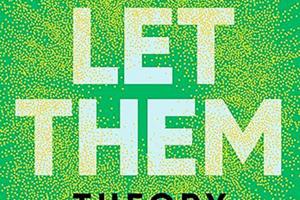
This week's bestsellers from Publishers Weekly
Here are the bestsellers for the week that ended Saturday, July 5, compiled from data from independent and chain bookstores, book wholesalers and independent distributors nationwide, powered by Circana BookScan © 2025 Circana.
(Reprinted from Publishers Weekly, published by PWxyz LLC. © 2025, PWxyz LLC.)
HARDCOVER FICTION
1. "Atmosphere: A ...Read more
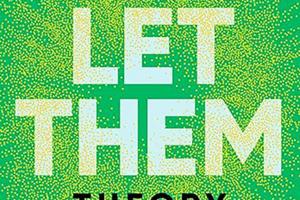
This week's bestsellers from Publishers Weekly
Here are the bestsellers for the week that ended Saturday, July 5, compiled from data from independent and chain bookstores, book wholesalers and independent distributors nationwide, powered by Circana BookScan © 2025 Circana.
(Reprinted from Publishers Weekly, published by PWxyz LLC. © 2025, PWxyz LLC.)
HARDCOVER FICTION
1. "Atmosphere: A ...Read more
This week's bestsellers from Publishers Weekly
Here are the bestsellers for the week that ended Saturday, July 5, compiled from data from independent and chain bookstores, book wholesalers and independent distributors nationwide, powered by Circana BookScan © 2025 Circana.
(Reprinted from Publishers Weekly, published by PWxyz LLC. © 2025, PWxyz LLC.)
HARDCOVER FICTION
1. Atmosphere. ...Read more

Column: Amelia Earhart soars back into the headlines in new book 'The Aviator and the Showman'
Where’s Amelia?
We’re still looking, though recent events seem to offer the possibility, the possibility I emphasize, that we may find out what happened to aviatrix Amelia Earhart, who, along with navigator Fred Noonan, vanished in their twin-engine Lockheed Model 10E Electra as they attempted to fly around the world.
Here’s a recent ...Read more

'Overly ambitious': New book about the 2024 election details why Kamala Harris passed over Gov. Josh Shapiro for VP
Vice President Kamala Harris had a better rapport with Minnesota Gov. Tim Walz and saw him as a preferable fit to be her No. 2 — but she wrestled with whether Pennsylvania Gov. Josh Shapiro would be the more strategic choice in the campaign against Donald Trump, in a decision that came down to the wire last summer.
The final deliberations are...Read more
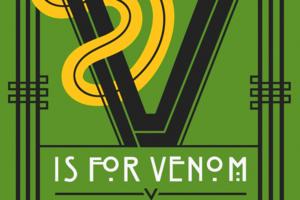
Review: Agatha Christie poisoned hundreds of people. Here's how shedunit
Dick Wolf might want to take a gander at “V is for Venom.”
Wolf is the creative force behind the various, long-running “Law & Order” shows, “Chicago” and “FBI” offshoots, too. Well over 1,000 episodes in, collectively, I figure he has to be running out of ways to off people. Enter the inventively homicidal Agatha Christie.
Over...Read more
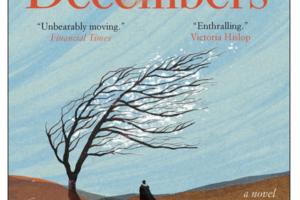
Why Emily Brontë and Taylor Swift are linked in author Karen Powell's mind
Karen Powell, whose previous novel is “The River Within,” is the author most recently of “Fifteen Wild Decembers.”
Q. Please tell readers about your novel, “Fifteen Wild Decembers.”
Like many readers, I first discovered Emily Brontë’s “Wuthering Heights” as a teenager. I was mesmerized by the wild moorland landscape she ...Read more
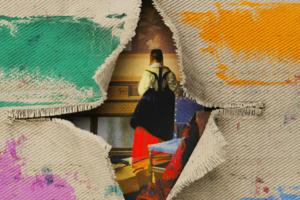
Review: Long-missing man turns family's life upside-down in 'The Original'
The title of “The Original” refers to: A. The painting its heroine, Grace, copies. B. Grace’s cousin, Charles, who disappears and then (allegedly) returns, more than a decade later. C. The idea that we are all constantly changing and that trying to revert to a previous version of ourselves dooms us to failure.
I’m sure there are more ...Read more
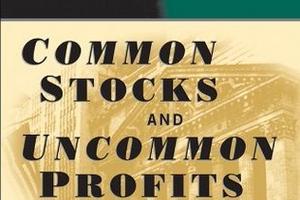
6 classic investing books every stock picker should read
One of the best ways to take your investing skills to the next level quickly is to learn from the masters. The insights and wisdom gleaned from the experts — all for the cost of a book — can help you fine-tune your stock-picking skills and venture beyond your usual hunting grounds.
The best investing books are those that have stood the test...Read more


